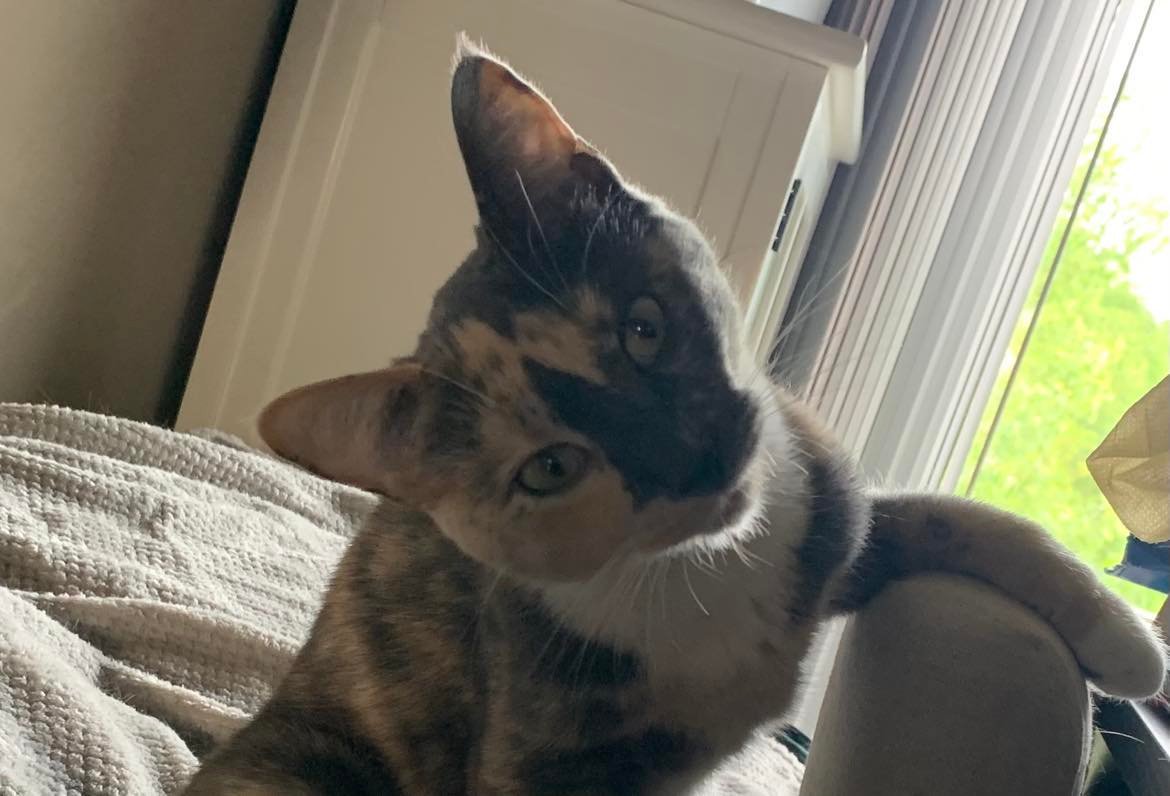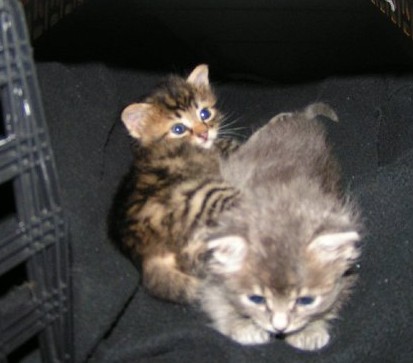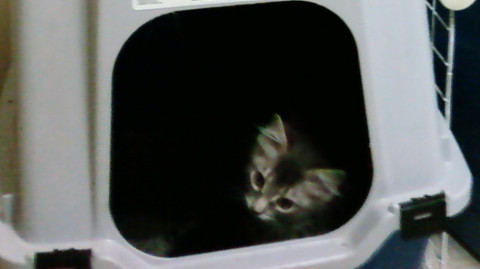This is an updated version of an article from my column on Examiner.com.
When raising kittens, questions about litter box training often arise, particularly when the kittens are under twelve weeks of age. Any good cat parent wants to keep kittens safe. Thus the question of what litter is safe to use is a frequent, and very valid, concern when litter box training kittens.
I have some experience with litter box training very young kittens. Chase and Kali were only three weeks old when we adopted them. They obviously needed special care at that age. What we found is that the actual litter box training was easy. However, deciding what litters were safe for them was a little harder. Our vet said we should stay away from clumping litter until they were about twelve weeks old, to get them past the phase where they were likely to eat the litter.
Clumping clay litter is controversial
Whether or not clumping cat litter is safe is rather controversial, despite the widespread availability of such litters. There is a lot of information, both on and off the web, that supports and condemns clumping litter. The controversy comes from confusion about whether the litter gathers in the digestive tract, urinary tract, and respiratory system, and causes blockages. In her article titled “Cat Litter – To Scoop or Not to Scoop,” Franny Syufy writes:
Many readers are aware that clumping clay litters have come into disfavor in recent years. While, to my knowledge, there have never been any scientific studies proving the hazard to cats of clumping clay litters, there has been a flood of anecdotal testimony that clumping clay litters may be hazardous. Indeed, I personally have considered it important to warn cat lovers about the potential danger of using clumping clay litters containing sodium bentonite.
She goes on to say that the entire controversy apparently started with Marina McInnis (Michaels), a breeder who lost a couple of litters of kittens to what she believes were problems caused by clumping litter. Most others who denounce clumping litter refer back to McInnis’ writings.
When litter box training kittens, what should you use?
When you’re litter box training kittens, especially very young kittens, you should avoid clumping litters, because kittens will eat everything they can. While tiny amounts of clumping litter are safe for adult cats to ingest (such as when he grooms himself and swallows some granules stuck to his fur), kittens have tiny digestive systems that are more sensitive. Simply eating clumping litter could be dangerous for them.
The best and safest litters to use when litter box training kittens, then, are either the regular, non-clumping clay litters, or more natural litters such as pine, corn, or wheat. Natural litters don’t have many of the chemicals that commercial litters do, even though the commercial litters are mostly clay. Natural litters are even safe for kittens and cats that have recently been through surgery. These litters are highly absorbent and their natural odor tends to cover up, or even absorb, the odor of kittens’ wastes.




